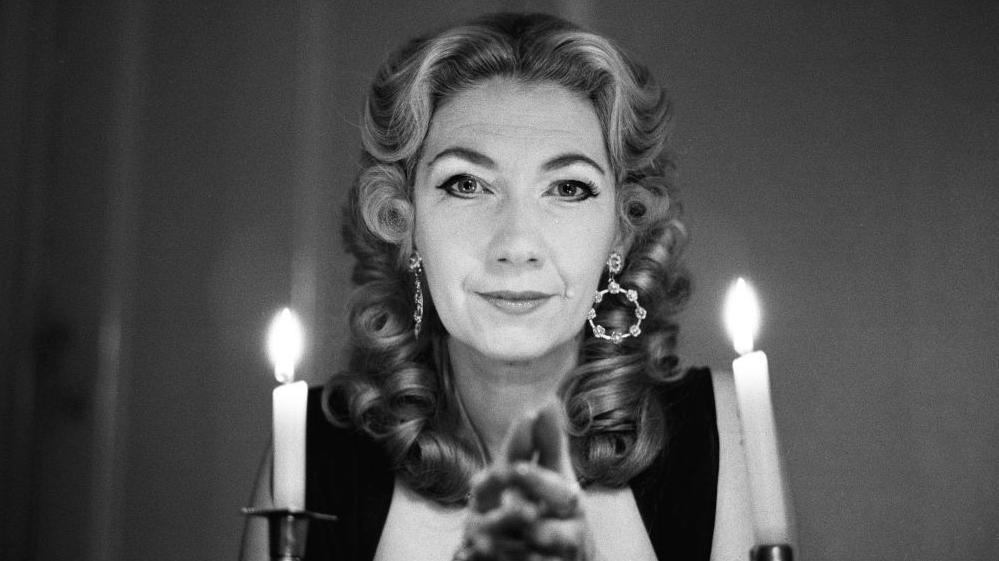The witches of Dumbarton - tortured, executed and falsely accused
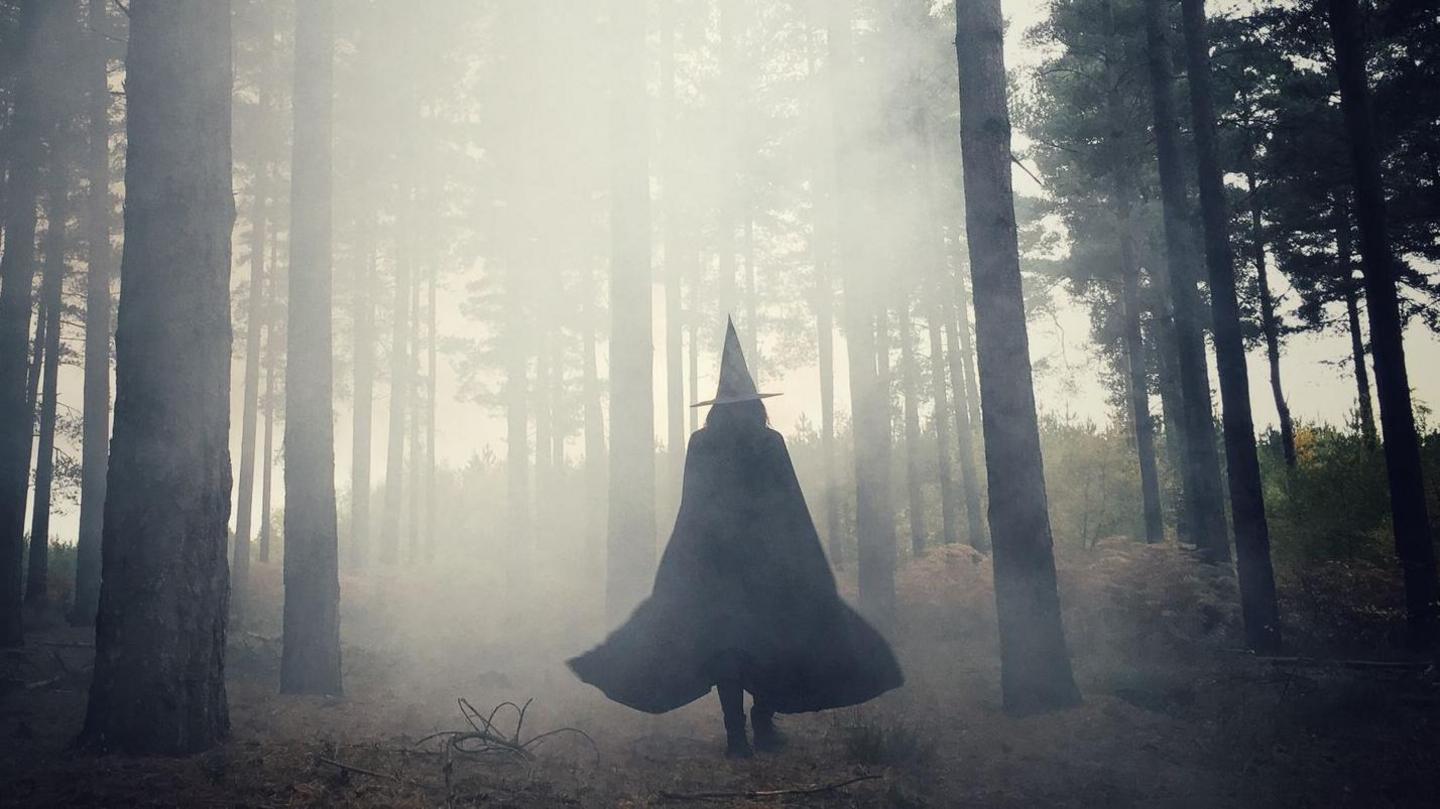
At least 32 people in Dumbarton were accused of witchcraft
- Published
Today it sits as a nondescript car park behind a large council office.
Yet hundreds of years ago an unassuming patch of land in Dumbarton was the location for some of Scotland's darkest moments - as locals who had been accused of witchcraft were led there to be executed.
More than two dozen people in the town were accused and tortured in the belief that they were doing Satan's bidding, as religious fervour swept the area during the 17th Century.
Now campaigners are hoping to spotlight the names of those accused and pay tribute to them with a memorial.
In 2022 Nicola Sturgeon offered a formal apology to people accused of witchcraft between the 16th and 18th Centuries.
About 4,000 Scots, mostly women, were accused of breaking the Witchcraft Act between 1563 and 1736, and the vast majority were executed.
Louise Wilson has been researching the history of witches in Dumbarton, where she believes suspicion of witchcraft was common.
Through historical records she has already found 32 cases of people accused from 1624 to 1697 - with 22 of those executed.
Of the remaining 10, one fled the region while the fates of the other nine have been lost to history.
"Port towns had a lot of accused in Scotland," explains Louise, the secretary of Remembering the Accused Witches of Scotland.
"A lot of hustle and bustle leads to more accusations, so as well as Dumbarton it was the same on the coast of Fife and in Ayr. The failing of the crops, or bad trade or a ship having trouble – these would all be blamed on witches."
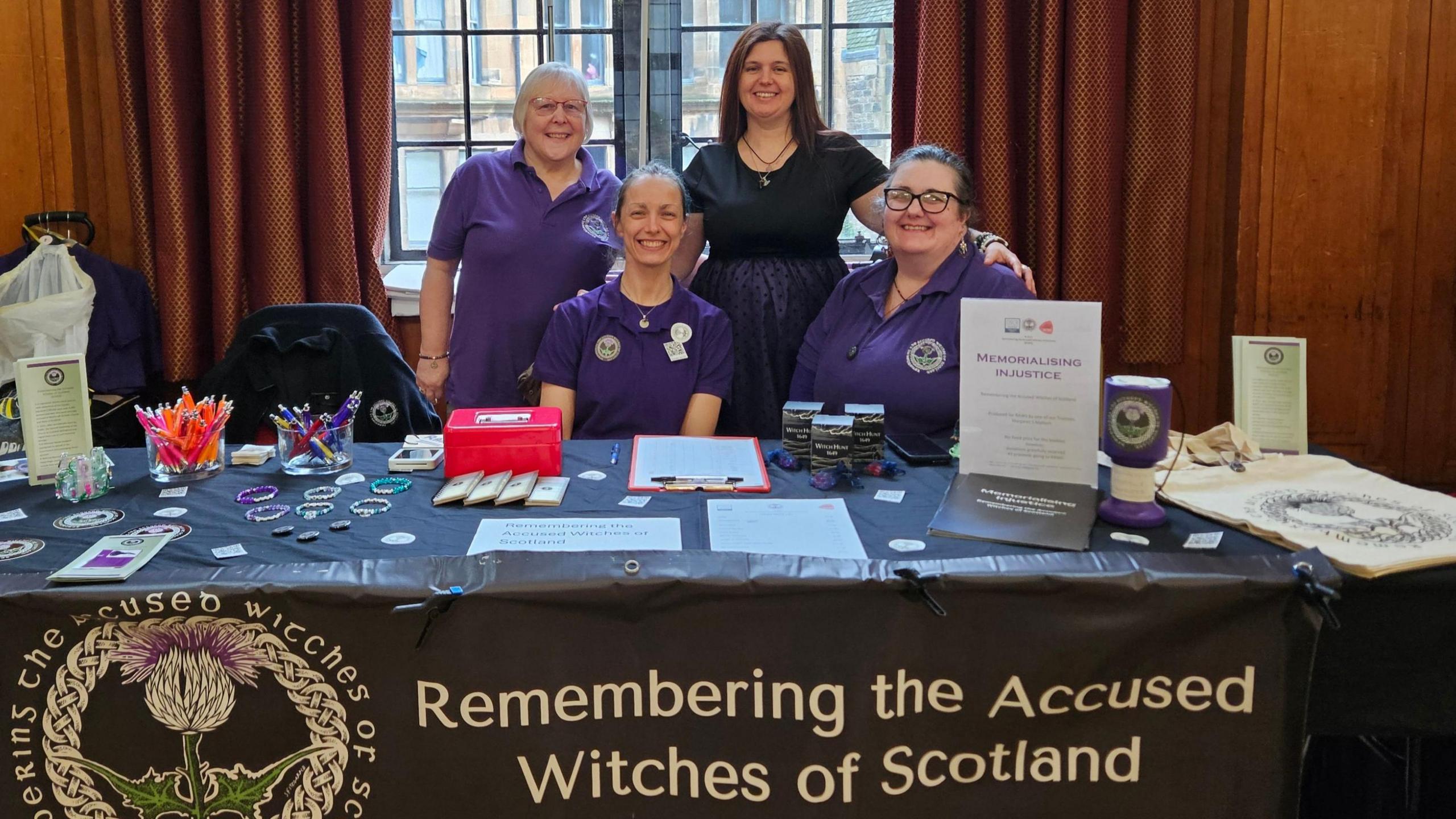
Remembering the Accused Witches of Scotland would like a memorial placed in Dumbarton
Witch hunts took place in many countries during that period, but academics have previously said Scotland's execution rate was five times the European average.
For Louise, the most terrifying aspect of the accusations lies in how easily they could be made, often with little evidence.
"These were ordinary people doing ordinary jobs, but if you argue with your neighbour you could end up accused of witchcraft," says Louise.
"There is a woman called Jonet Boyd, in 1628. A man called Robert Glen, who was a notary, accused her.
"He had met her on the street and said she threw words and obscenities at him, grabbed his cloak, whipped him around and threw a stone at him. Two witnesses also confirmed this happened.
"The next morning he accused her of witchcraft – however there is nothing in the records about whether he had done something to her to make her act like that. Maybe she turned him down – we don't know."
Jonet Boyd was executed as a result of the accusations from Robert Glen.
Not all the accused were women, though the majority were. Louise recounts a slater called John McWilliam, who fled to Stranraer after being accused of witchcraft for a second time, before going on trial in Edinburgh.
He was then executed in 1655.
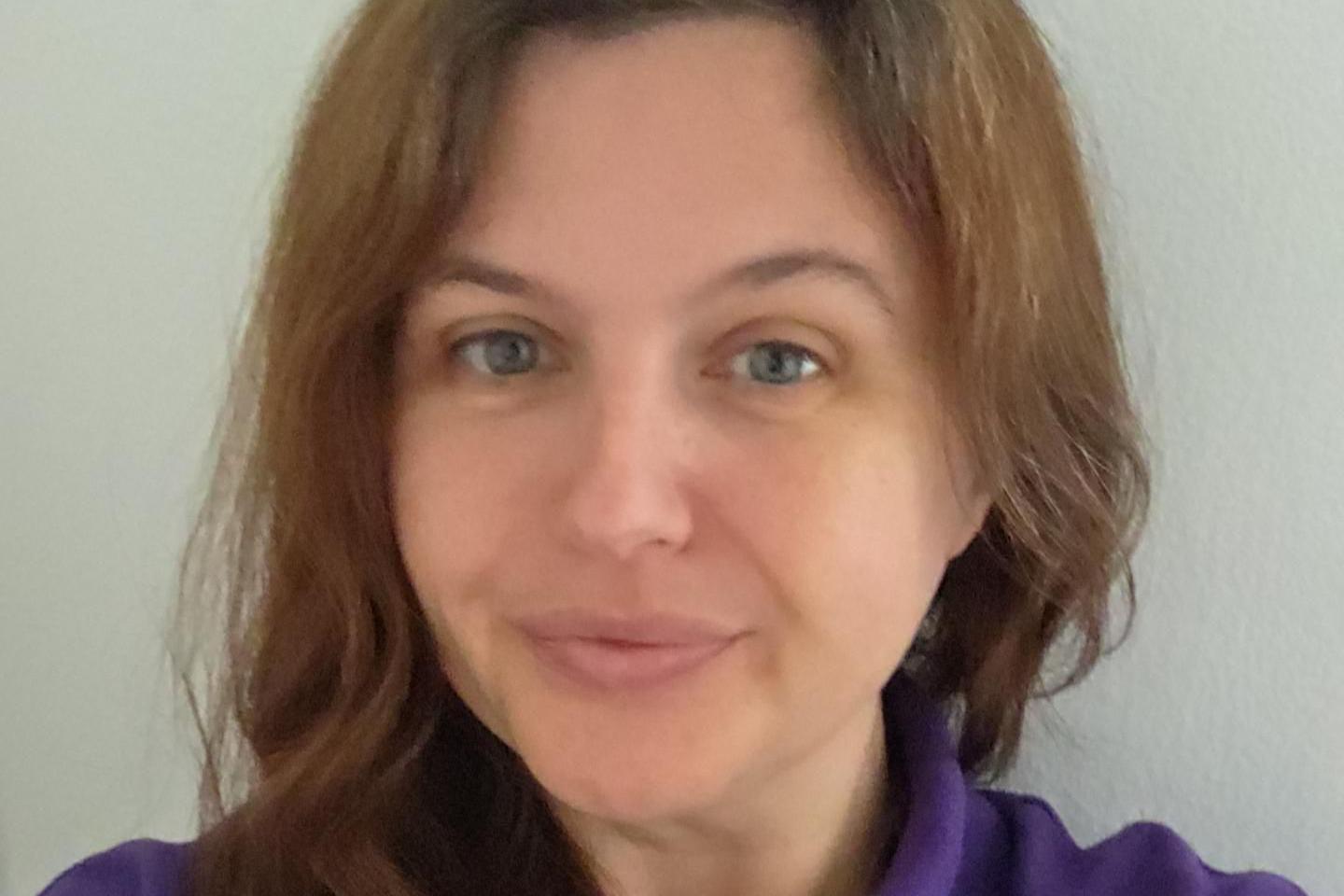
Louise Wilson believes it is important to remember those falsely accused
Other signs of witchcraft listed in local records include not attending church and talking to animals, which were assumed to be a witch's familiar - meaning a supernatural creature helping the accused.
If someone was accused, they would be subject to brutal torture aimed at securing a confession.
However methods often associated with witch trials, such throwing them into water with hands tied behind their back, were more common in England rather than Scotland.
Scottish alternatives were not any more pleasant, however.
"Things like dooking or hanging weren't done in Scotland – they were strangled and burned instead," says Louise.
"They would be kept awake for three days and three nights, getting beaten told to keep walking while having accusations screamed at them. They also used thumb and finger screws, iron boots and crimp claws.
"They would be stripped naked and their hair shaved, then brought in front of a judiciary of ministers and highly ranked men in the town.
"Someone would search for the devil's mark to prove they were in league with Satan - that could be something like a mole or a birthmark. So by the time they were executed they looked the typical stereotype of a Halloween witch."

The site for witches' executions is now a car park for the council
Those stereotypes might bring to mind images of black hats, broomsticks and cackling over cauldrons, common in much media.
However for the accused, the effect of the accusations - even if later cleared - were immense.
In Dumbarton the situation was stoked by zealous local ministers, with the Covenanter movement having considerable influence at the time.
"You had ministers saying witches were among us, they are in thrall to Satan and it was being drummed in people that witches were among the community.
"This lasted for over 150 years but it's not well known about, it's not being taught in history classes."
Louise and the rest of the RAWS team are now seeking to place a memorial at the execution site off Church Street in Dumbarton.
They will also host a conference at Maryhill Burgh Halls on 8 November.
Earlier councillors discussed the matter, and agreed that it was important to remember the victims.
A West Dunbartonshire Council spokesperson said: "We have been engaging with Remembering the Accused Witches of Scotland who are keen to install a fitting memorial."
For Louise, a display would be important, as would telling the stories of those accused to future generations.
"When you say their names and tell their stories, it's a way of remembering them."
Related topics
- Published27 October
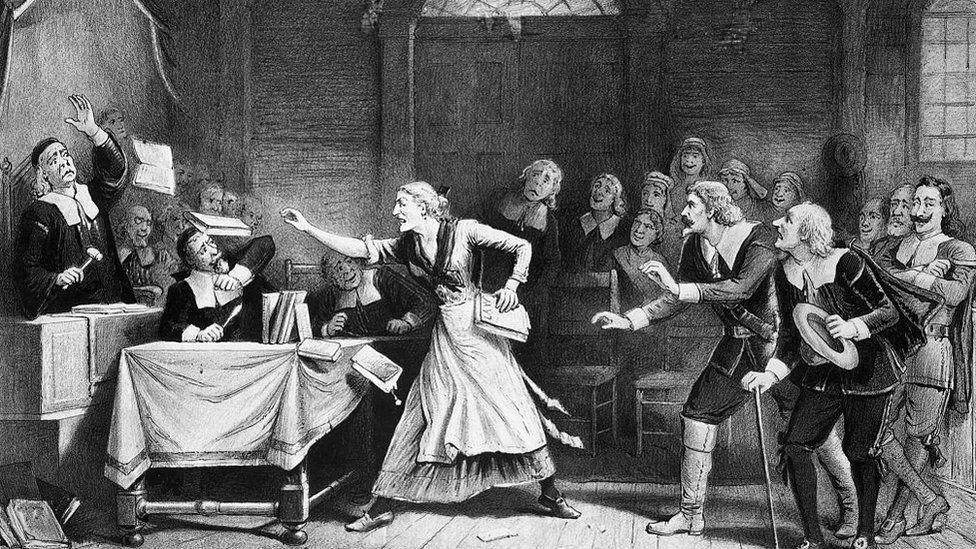
- Published26 September
